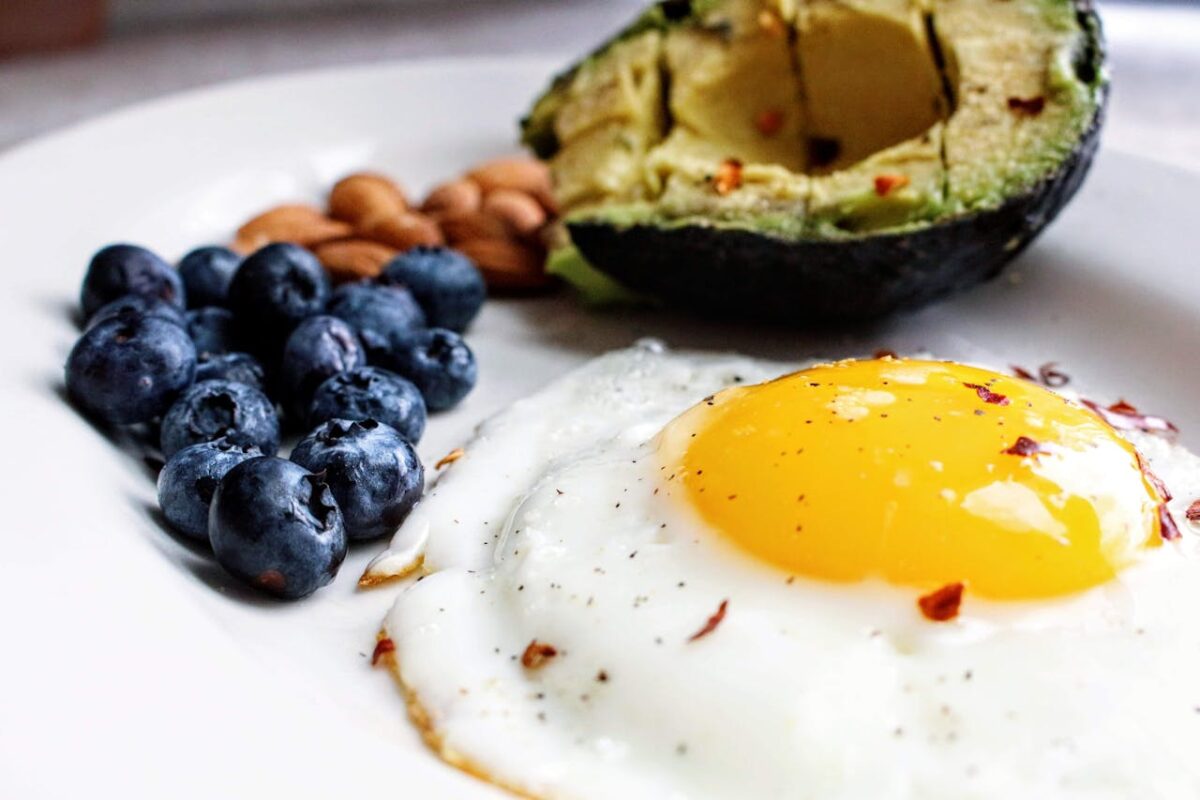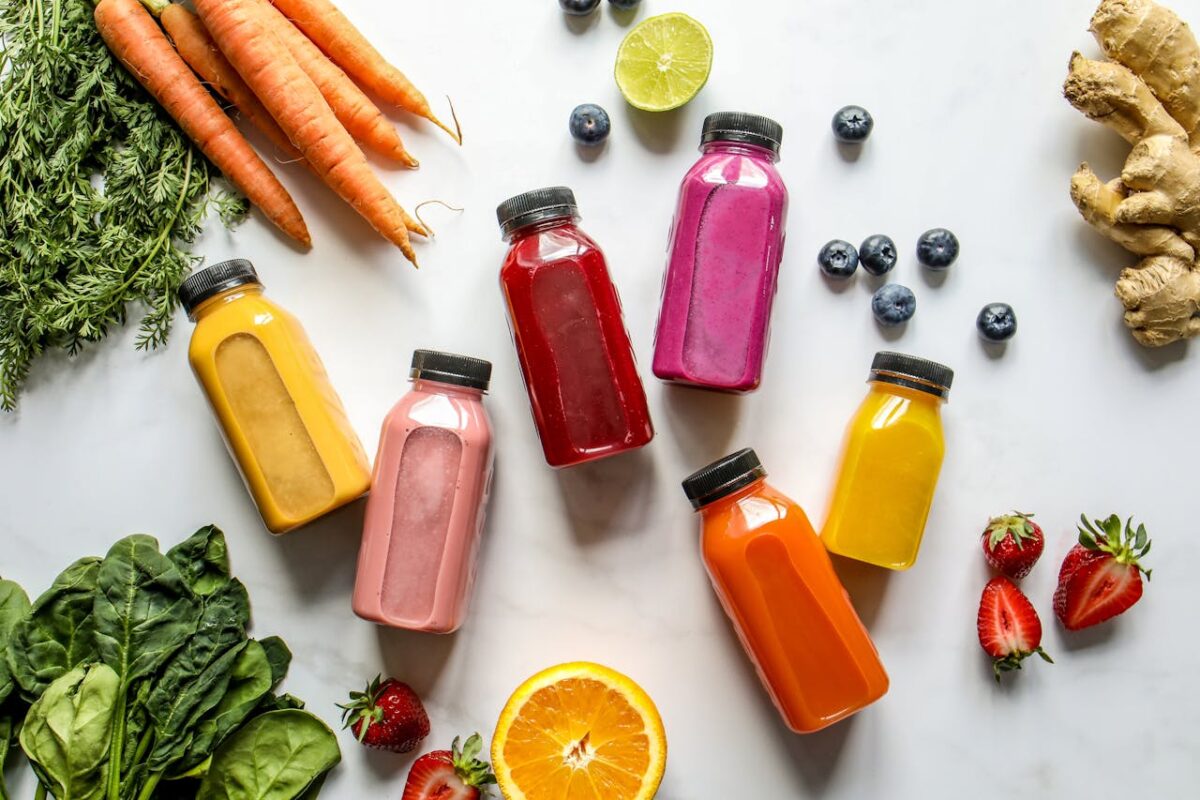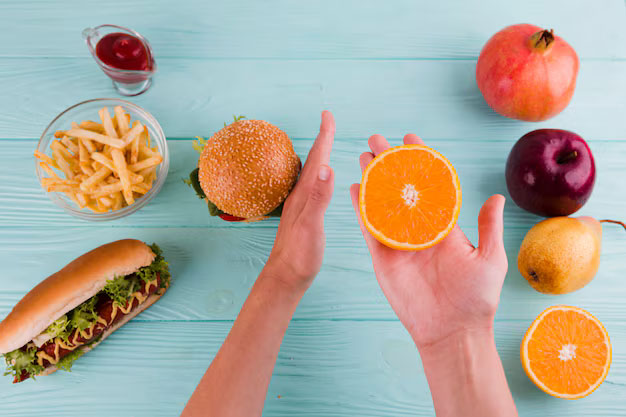Low-Carb vs. Low-Fat Diets: The Pros and Cons of Each Approach
Low-carb and low-fat diets have long been competing for dominance in the world of weight loss and health improvement. But which one is truly better? The answer depends on your individual goals, metabolism, and how sustainable the diet is for you in the long run.
Low-carb diets, such as the ketogenic diet, focus on drastically reducing carbohydrate intake while increasing fats. This approach can lead to rapid weight loss by shifting the body into a state of ketosis, where fat is used as the primary source of energy. Low-carb diets have also been shown to improve blood sugar control, making them a good option for those with type 2 diabetes or insulin resistance. However, they can be difficult to maintain long-term and may lead to nutrient deficiencies if not done carefully.
On the other hand, low-fat diets emphasize reducing the intake of dietary fats, particularly saturated and trans fats, while increasing carbohydrate intake from whole grains, fruits, and vegetables. Low-fat diets are heart-friendly and have been recommended for decades to prevent cardiovascular disease. They are often easier to sustain and promote a more balanced intake of nutrients. However, low-fat diets may not be as effective for rapid weight loss as low-carb diets.
Bottom Line: Both low-carb and low-fat diets can be effective, but the best diet for you is the one that aligns with your health goals and lifestyle. Sustainability is key, so choose an approach that you can stick with long-term and that supports your overall well-being.








